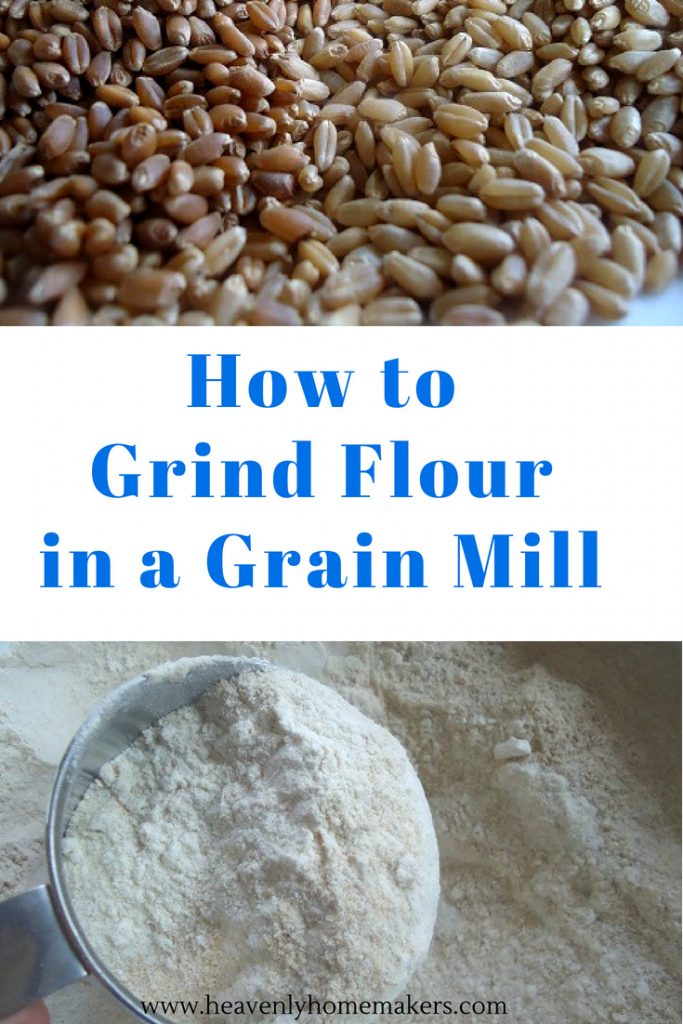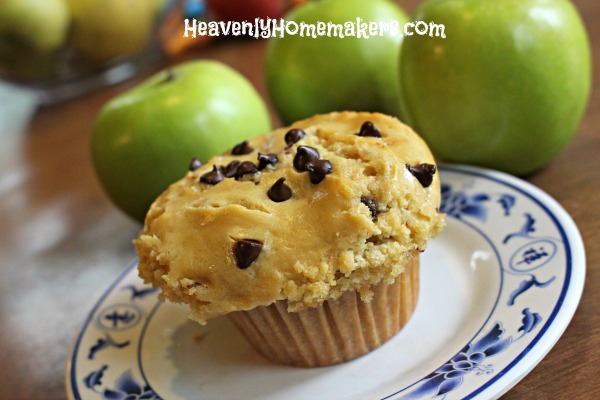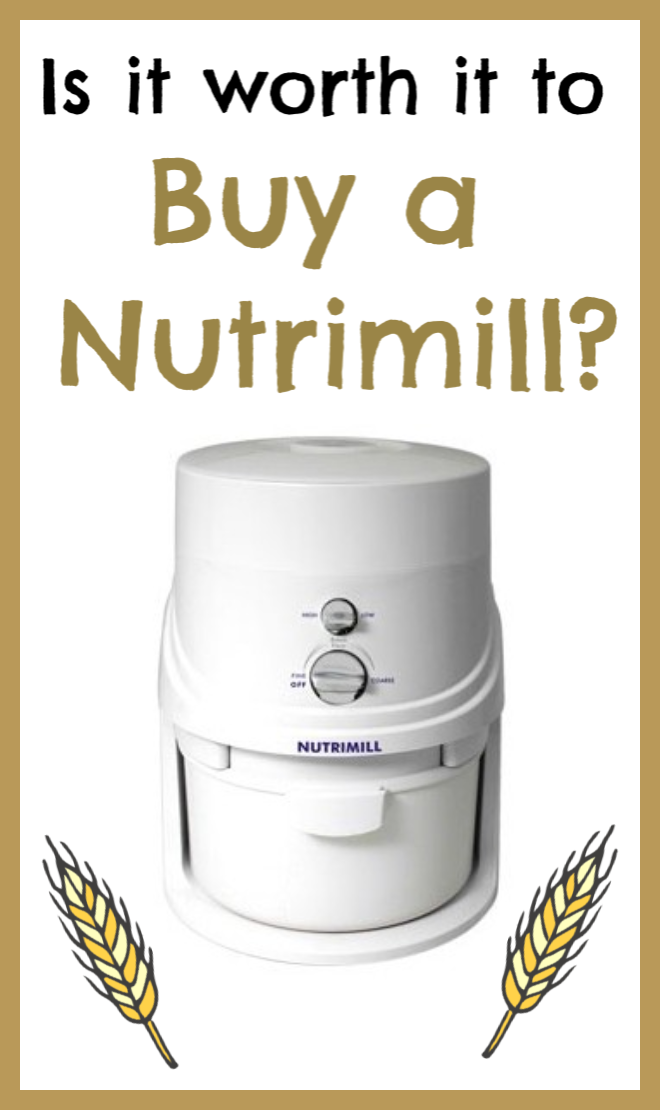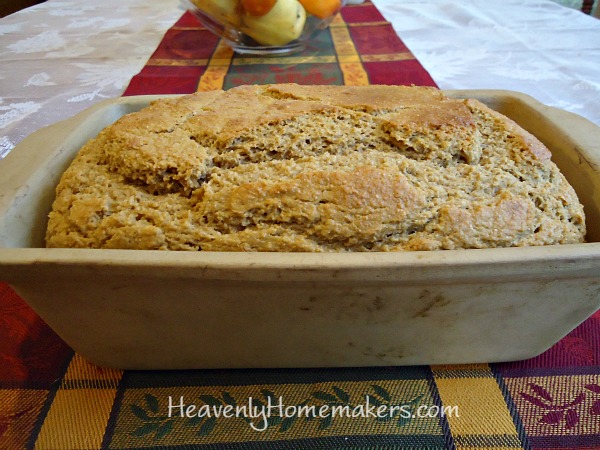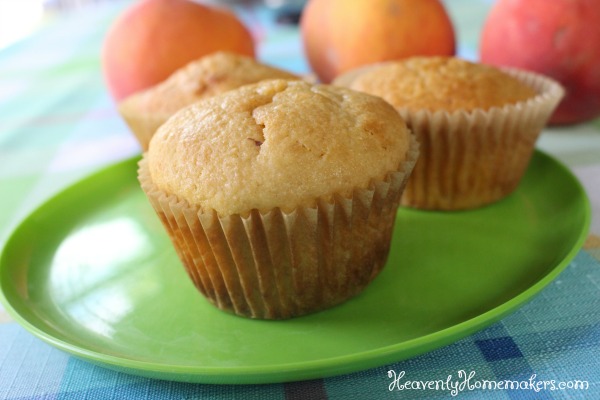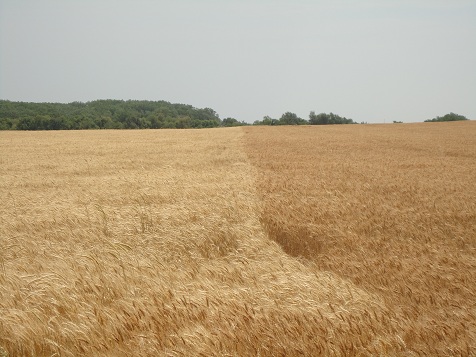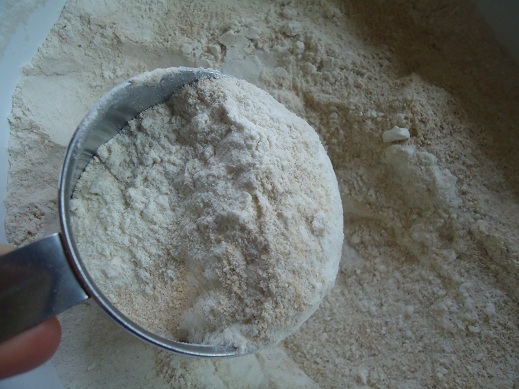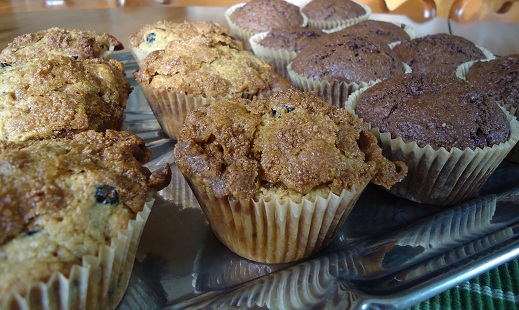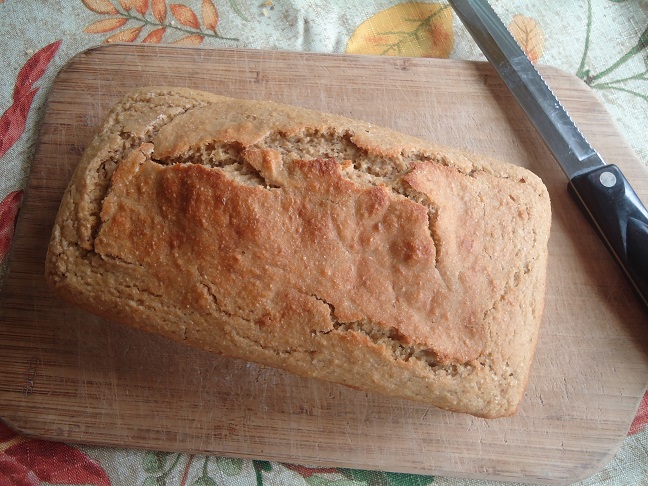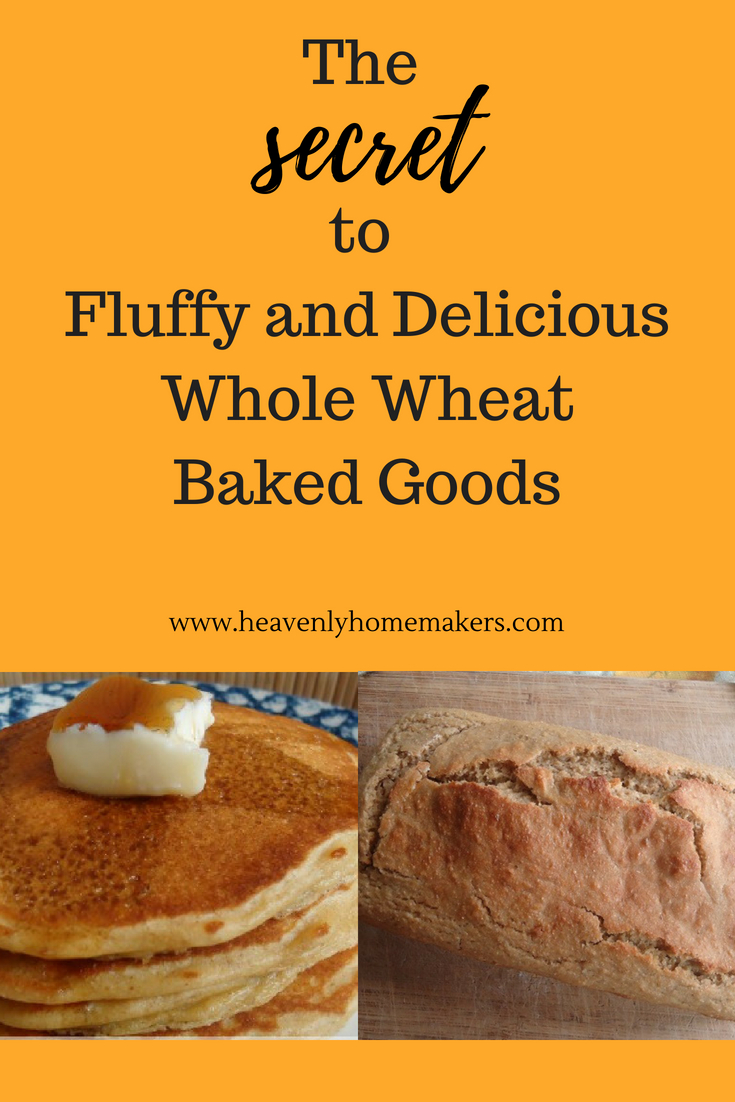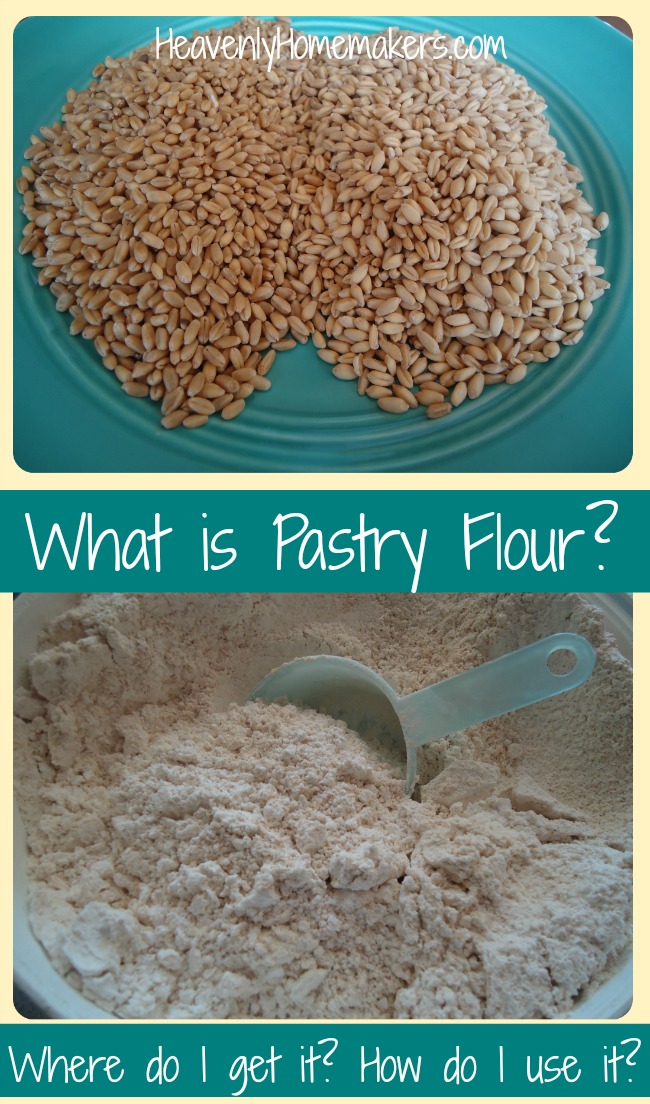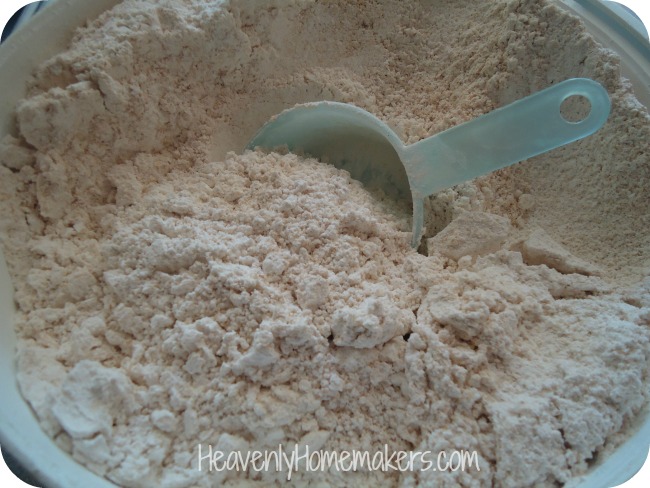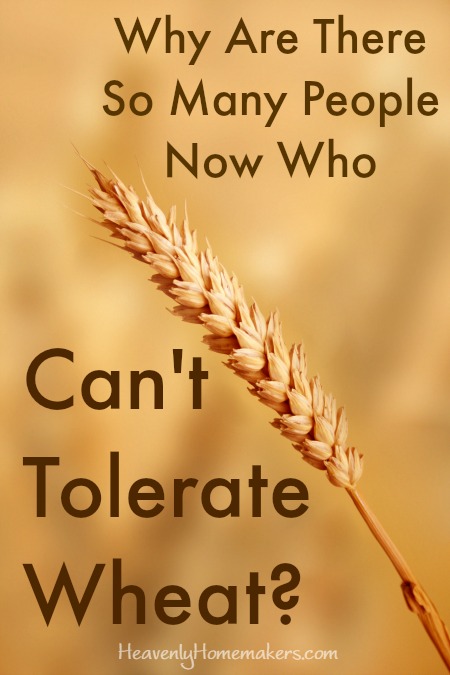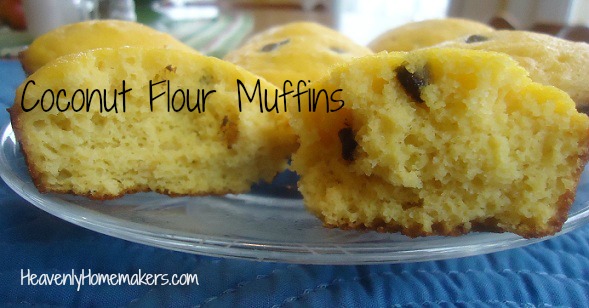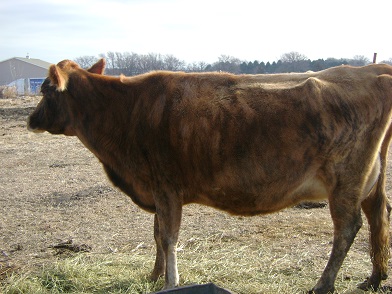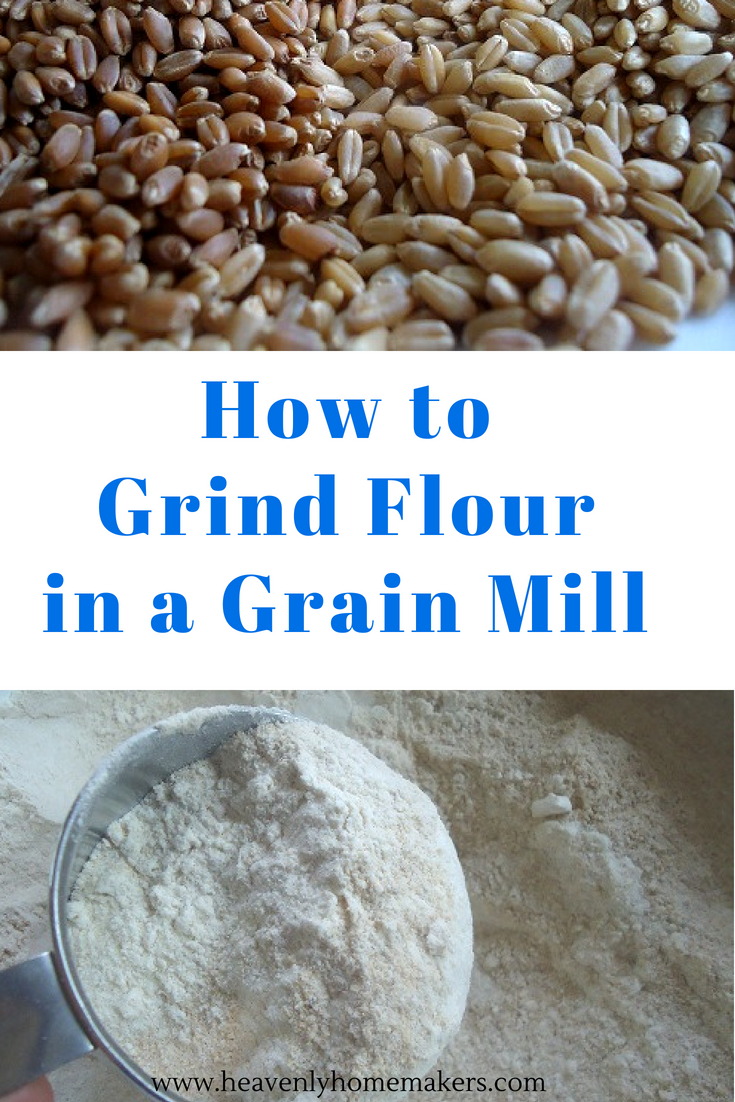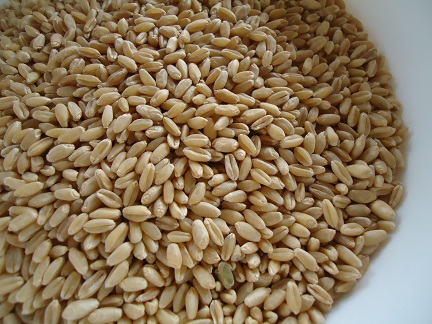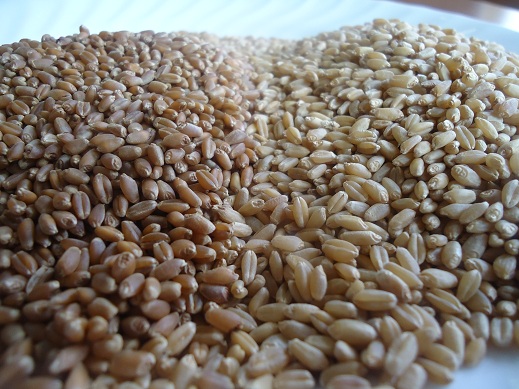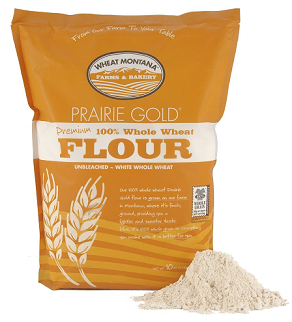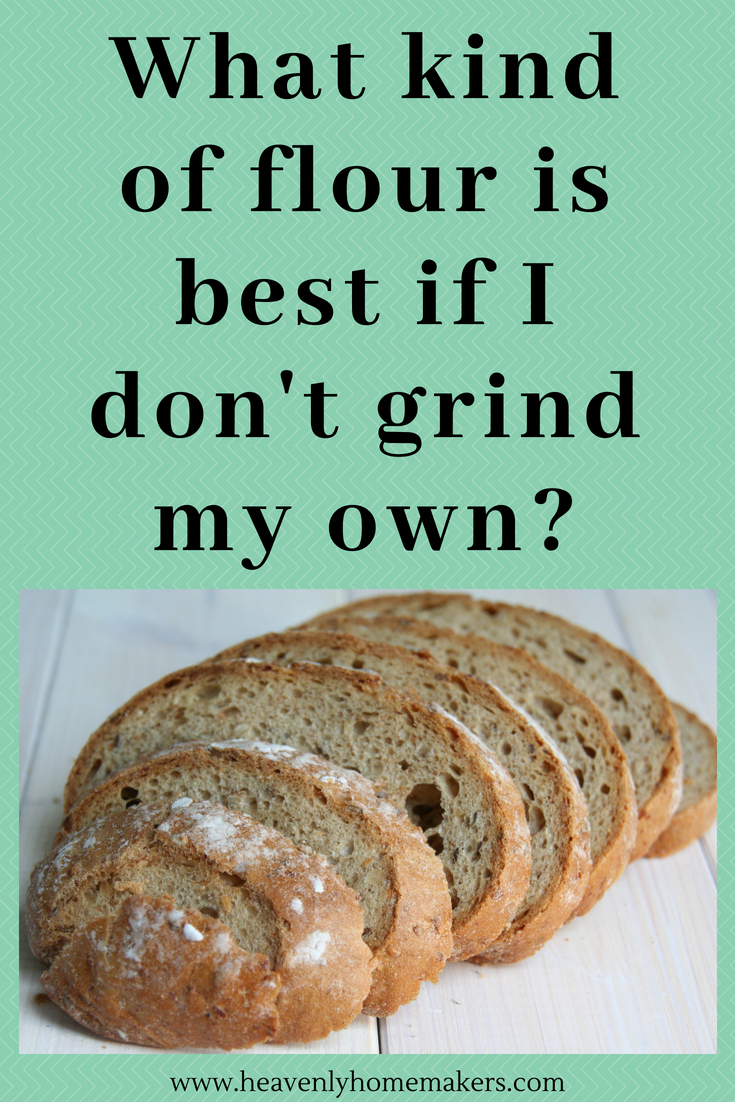Using my time and energy for grinding wheat into flour has felt a little bit difficult lately. Here’s an idea I decided to try!
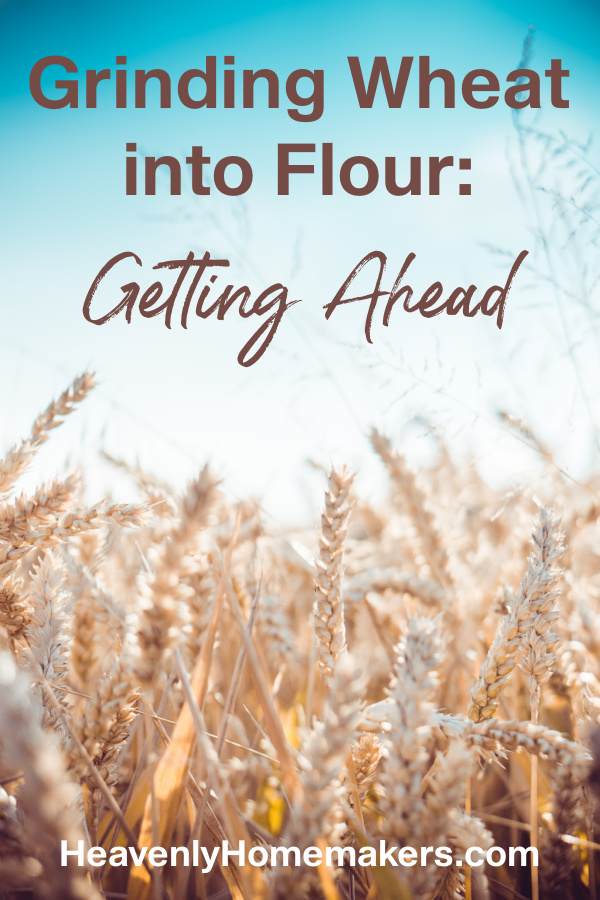
I love using freshly ground wheat in our baked goods. In fact, I haven’t bought flour at the store in a good long while. Years and years. Instead, I’ve bought hard wheat and soft wheat from Azure Standard. Then I grind the wheat into flour to use in baking.
There’s no comparison! Freshly ground flour is incredible and delicious! Here’s how I do it —>
Meanwhile, God has added a wagonful of littles to our home.

These sweethearts keep me from baking much at all, much less grinding my wheat into flour for baking. Often, I would think about baking something if I had a spare 10-15 minutes, only to nix the idea simply because I didn’t want to have to first grind flour for the task.
Maybe this is a season for me to buy flour instead of wheat? Maybe. But I already had several pounds of wheat in storage. I didn’t want it taking up space or going to waste. So here’s what I did one morning when I had a friend over to help with all the kids!
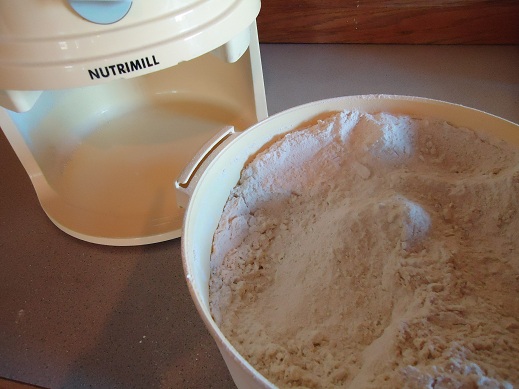
Grinding Flour Into Wheat: Getting Ahead
I had a marathon wheat grinding morning.
I don’t keep my Nutrimill on the countertop, so digging it out and cleaning up after myself never sounds fun during this crazy season of life. But getting my Nutrimill out to grind a bunch of flour all at once? Making ONE BIG MESS instead of many small messes? Let’s do this.
I labeled freezer bags with “Soft Wheat” and “Hard Wheat” (read more about this below), then I kept running batch after batch of wheat through the mill to grind into flour. I transferred the fresh flour to gallon-sized freezer bags, then put the bags into the freezer.
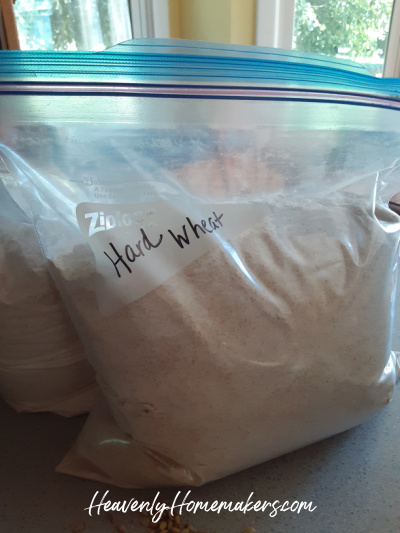
All said and done, I ended up with about 10 gallons of flour in my freezer! (And a big mess, but whatever. Better one mess than ten, right?)
So, now the flour isn’t fresh anymore?
Well, true. But since I’m keeping it in the freezer, it’ll stay good for a long time, and it will still taste great! Considering the fact I was going to buy flour from the store to get me by until I am able to grind flour again, I feel like this is still a better option: to grind my wheat into flour ahead of time and freeze it until I need it!
After this runs out, I’ll see how I’m doing. I may still feel the need to buy my flour already ground for a while. But as for now, I sure do love that I don’t have to pull out my mill for a while. When I need to bake something or make pancakes, I can just pull out the already-ground flour from my freezer!
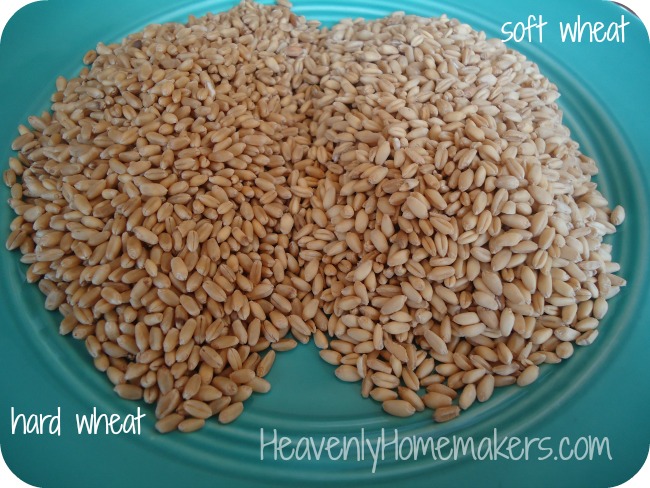
Hard Wheat vs. Soft Wheat
Both grains grind into whole wheat flour. I like having both on hand and here’s why:
- Use hard wheat to make yeast bread recipes.
- Use soft wheat to make non-yeast recipes like muffins and pancakes.
It is possible to use hard wheat for ALL recipes. But I like soft wheat because it makes such a nice pastry flour for fluffy muffins and such. Here are some of our favorite wheat recipes:
Favorite Hard Wheat Recipes
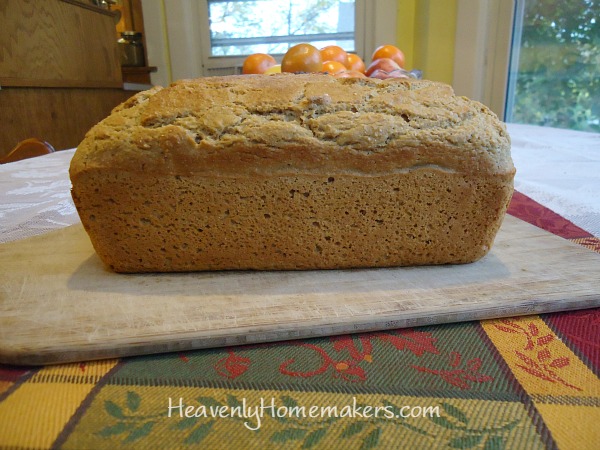
- Stir-n-Pour Bread
- Whole Wheat Butterhorns
- Whole Wheat Cinnamon Rolls
- One Hour Whole Wheat Yeast Rolls
- Homemade Soft Pretzels
- Homemade Pizza Crust
- Overnight Waffle Batter
